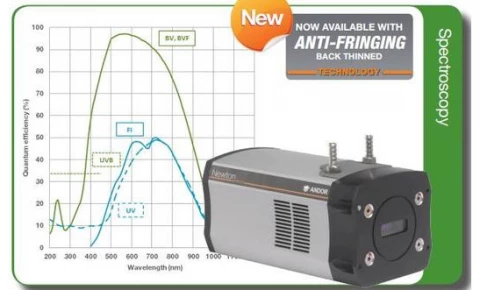Description
The Newton EMCCD is a cutting-edge spectroscopy camera designed for ultra-sensitive and ultrafast applications. With a sensor width of 25.6 mm and a resolution of 1600 pixels, this camera is engineered to deliver exceptional performance in a variety of spectroscopic environments. It features advanced EM sensor technology that enables the multiplication of charge from each pixel on the sensor before readout, providing single-photon sensitivity. This makes it an ideal choice for applications requiring high precision and speed, such as chemical mapping, including techniques like SERS, TERS, or luminescence mapping.
One of the standout features of the Newton EMCCD is its ability to maintain negligible dark current through thermoelectric cooling down to -100°C, eliminating the need for liquid nitrogen. The inclusion of dual output amplifiers allows users to switch between conventional High Sensitivity and Electron Multiplying outputs via software, catering to a broad range of photon regime conditions. This flexibility ensures that the Newton EMCCD can meet the demands of various spectroscopic applications, providing both high sensitivity and speed.
Connectivity and integration are seamless with the Newton EMCCD, thanks to its USB 2.0 plug-and-play capability. This feature, combined with the comprehensive and user-friendly Solis software for Spectroscopy, ensures easy control and operation alongside USB-based Shamrock spectrograph systems. Additionally, the Software Development Kit (SDK) facilitates easy integration into complex setups using platforms like Matlab, Labview, Visual Basic, or C/C++, making it a versatile choice for researchers and professionals in the field.
Newton 917 EMCCD 1600-Pixel Spectroscopy Camera with TE Cooling and USB 2.0
Specifications
| Sensor Type: | EMCCD |
|---|---|
| # Pixels (Width): | 1600 |
| # Pixels (Height): | 400 |
| Pixel Size (Square): | 16 um |
| Peak Quantum Efficiency: | 97 % |
| Full Frame Rate: | 396 fps |
| Bit Depth: | 16 bit |
Features
- EM Sensor Technology: Achieves <1e- read noise for ultra-sensitive detection.
- Fringe Suppression Technology: Minimizes fringing for NIR applications (970-BVF only).
- Multi-Megahertz Readout: Enables high repetition rates with low noise electronics.
- TE Cooling to -100°C: Reduces dark current without the need for liquid nitrogen.
- UltraVac™ Technology: Ensures sustained vacuum integrity for optimal cooling and quantum efficiency.
- 16 x 16 μm Pixel Size: Optimized for high-resolution spectroscopy.
- Dual Output Amplifiers: Choose between High Sensitivity or Electron Multiplying outputs for varied light conditions.
- Crop Mode Operation: Achieves spectral rates of over 1,500 spectra per second.
- USB 2.0 Connection: Facilitates easy laptop operation and integrates seamlessly with USB-based Shamrock spectrograph family.
- Solis Software for Spectroscopy: Provides a comprehensive, user-friendly interface for detector and spectrograph control.
- Software Development Kit (SDK): Simplifies integration into complex setups using Matlab, Labview, Visual Basic, or C/C++.
- Market Leading Platform: Ideal for ultra-sensitive and ultrafast spectroscopy, suitable for applications like SERS, TERS, or luminescence mapping.
Applications
- Ultrafast Spectroscopy: Ideal for time-critical measurements requiring high spectral rates and sensitivity.
- SERS and TERS Mapping: Enables single-photon detection for advanced chemical imaging applications.
- Luminescence Spectroscopy: Provides ultra-low noise detection for weak luminescence signals.
- Raman Spectroscopy: Delivers high resolution and sensitivity for detailed spectral analysis.
- Photon Counting Applications: Facilitates detection of extremely low light levels with EM gain technology.
- NIR Spectroscopy: Fringe suppression enhances performance in near-infrared measurements.
- Quantum Optics Research: Supports applications requiring ultra-sensitive and low-noise photon detection.
Frequently Asked Questions
What is the Newton 971 EMCCD Camera?
What is the benefit of EM sensor technology?
What is the maximum cooling temperature of the Newton 971 EMCCD Camera?
What is the difference between the High Sensitivity and Electron Multiplying outputs?
What is the maximum number of spectra per second that the Newton 971 EMCCD Camera can achieve?
Similar Products
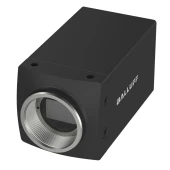
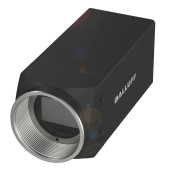
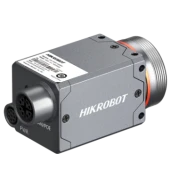
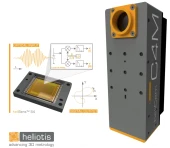
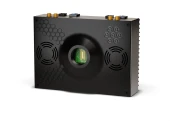
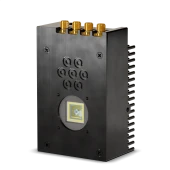
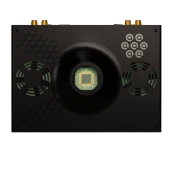
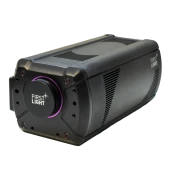
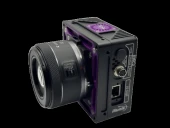
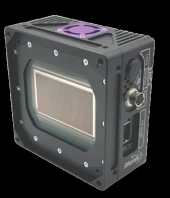
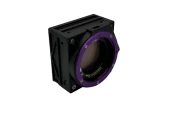
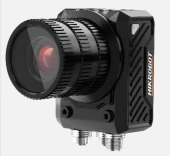
Your inquiry has been received.
Create an account by adding a password
Why create an account?
- Auto-complete inquiry forms
- View and manage all your past messages
- Save products to your favorites
- Close your account anytime — no hassle
